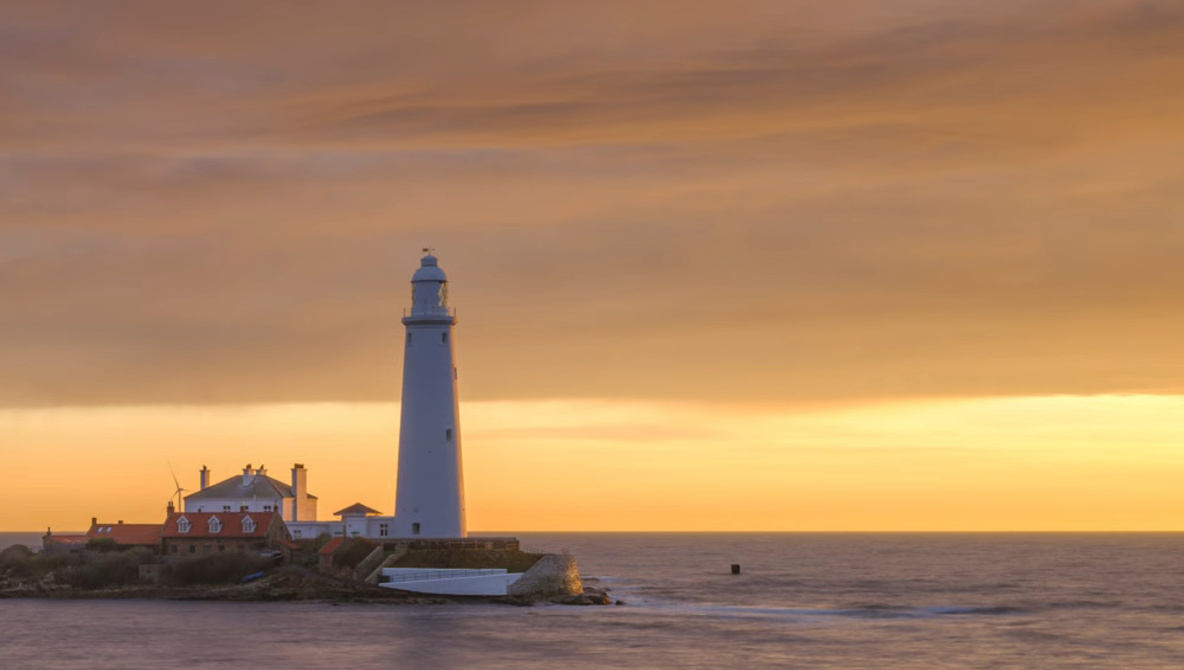The launch of the Fujifilm GFX100RF has sparked significant interest in the world of photography, particularly for those who prioritize portability without compromising on image quality. This medium format camera stands out not just for its technical specifications, but also for how it encourages photographers to rethink their approach to shooting in diverse conditions.
One of the most notable features of the GFX100RF is its 102-megapixel sensor, which provides exceptional detail and clarity. Although the camera comes equipped with a fixed 35mm lens (28mm full frame equivalent), which may seem limiting at first, it offers unique advantages. According to photographer Alex Cooke, cropping into the sensor effectively transforms the camera into multiple focal lengths, allowing users to adapt their shooting style while maintaining high-quality results.
Portability Meets Professional Quality
The emphasis on lightweight design makes the GFX100RF particularly appealing for landscape photography. The camera weighs just 735 grams with battery and card, making it far easier to carry than a traditional setup with interchangeable lenses. Cooke highlights that, especially for long hikes, a single camera with a fixed lens simplifies the experience while still delivering the quality expected from medium format photography.
The GFX100RF’s built-in aspect ratio modes further enhance its usability by allowing photographers to replicate the feel of classic Fujifilm film cameras. For instance, the XPan crop facilitates panoramic compositions directly in-camera, promoting a creative framing process that encourages photographers to visualize their shots differently.
Innovative Features for Creative Exploration
The camera’s design also includes several features that are particularly beneficial for landscape photographers. The leaf shutter technology generates less vibration than traditional focal plane shutters, making it easier to capture sharp images at slower shutter speeds, particularly when shooting handheld. While the absence of in-body image stabilization (IBIS) might concern some users, Cooke argues that this trade-off is justified by the camera’s lightweight and straightforward design.
For photographers who prefer using tripods, the lack of IBIS becomes less significant, and the internal neutral density filter is a standout feature. This built-in filter facilitates long exposure shots while minimizing setup time and complexity, allowing users to focus more on their creative vision rather than technical adjustments.
Ultimately, Cooke emphasizes that the GFX100RF encourages exploration. A lighter camera bag allows photographers to cover more ground and focus on composition rather than gear. This shift in focus transforms the camera from a mere technical tool into a catalyst for creativity, reshaping how photographers engage with their surroundings.
The GFX100RF is a testament to Fujifilm’s commitment to innovation in the medium format sector, balancing portability and professional quality. For those interested in a deeper dive into its capabilities, Cooke’s detailed review provides valuable insights into how this camera can elevate the photographic experience.
